How being an Olympic host can transform a city
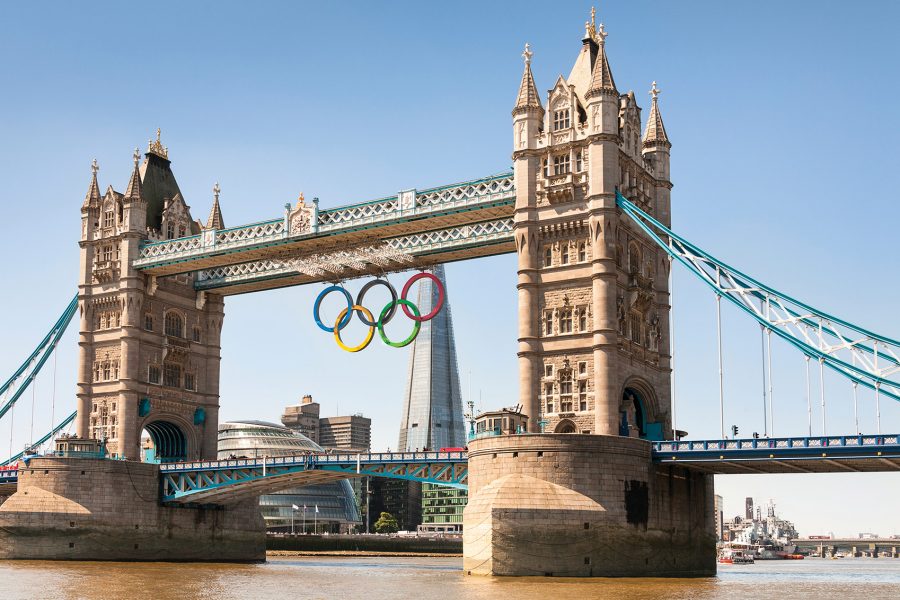
London
The 2012 Summer Olympics host leaned into its cultural capital with James Bond, Paddington Bear and the Queen – and it is the Queen Elizabeth Olympic Park that retains much of the majesty of the Games.
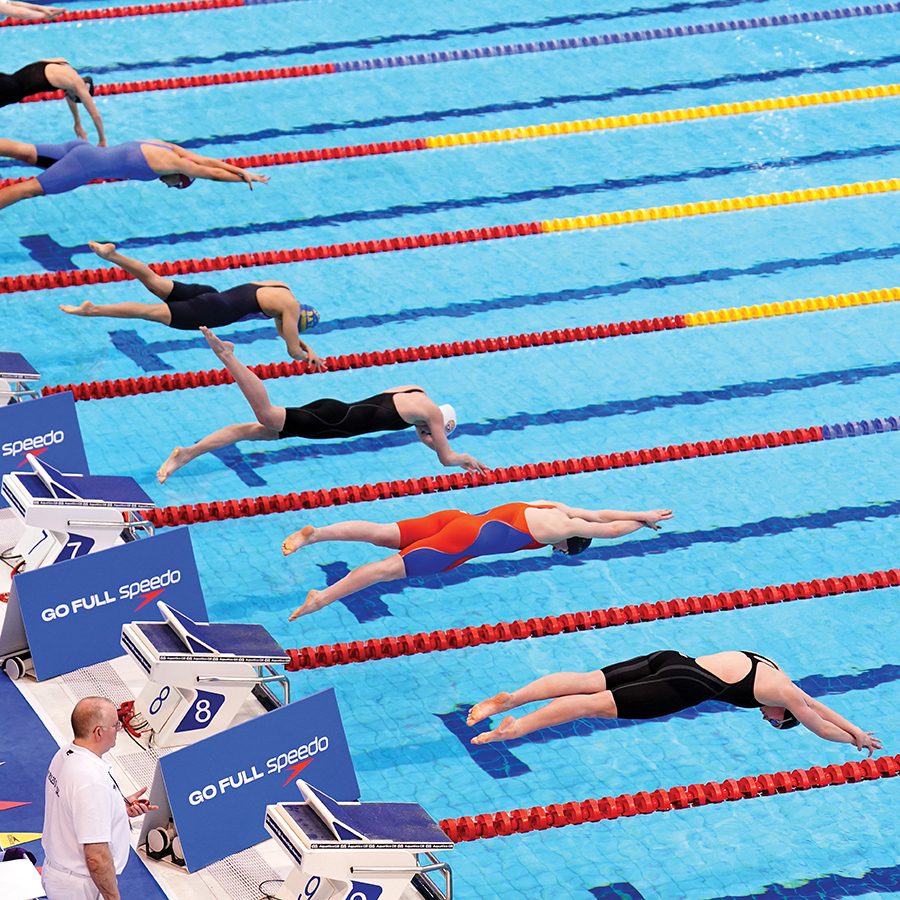
Credit: Zac Goodwin PA/Getty Images
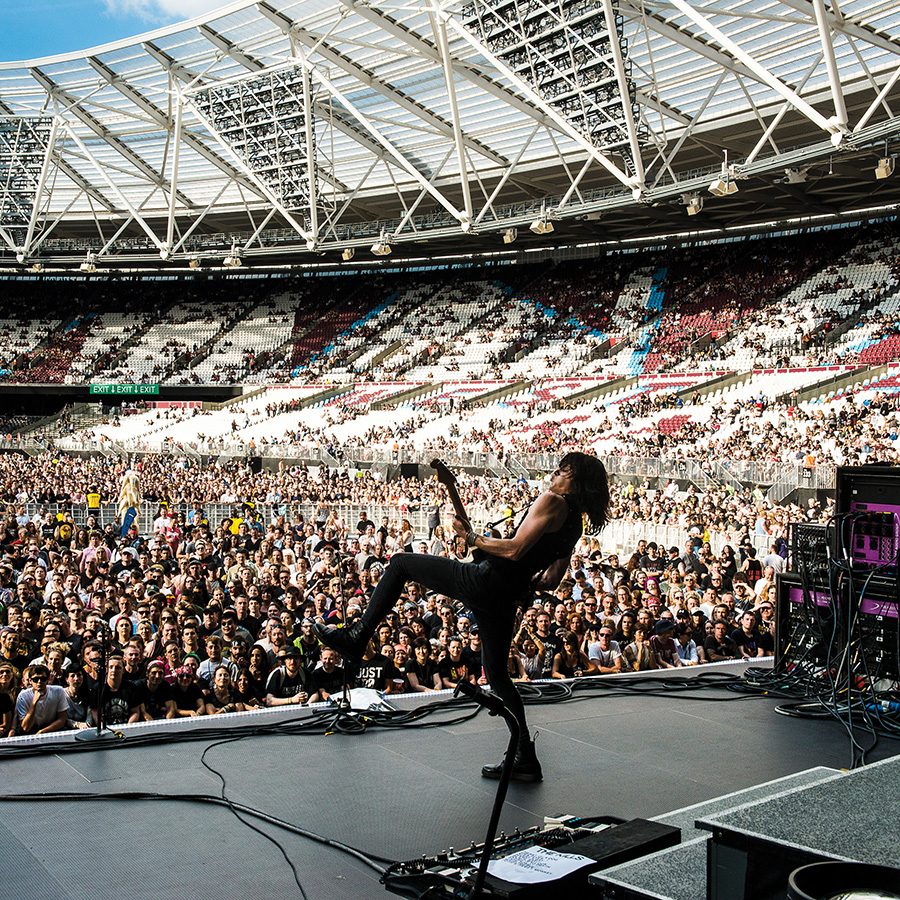
Credit: Classic Rock Magazine/Getty Images
There you will find the London Stadium (now home to the English Premier League’s West Ham United) and the London Aquatics Centre – the only local swimming pool where you might see champion diver Tom Daley pop in to practise when visiting from Los Angeles. Elsewhere, the ABBA Arena is named for the holograms of the Swedish supergroup that have it booked long-term, while the bright-red ArcelorMittal Orbit tower offers the unique attraction of a slide.
Much of the old Games site in East London is being redeveloped into the East Bank with the likes of the Victoria and Albert Museum and Sadler’s Wells Theatre moving in, while Westfield Stratford City , Europe’s largest shopping centre, is the gateway to the area, with lots of big-name brands and cafés and restaurants within its enormous complex.
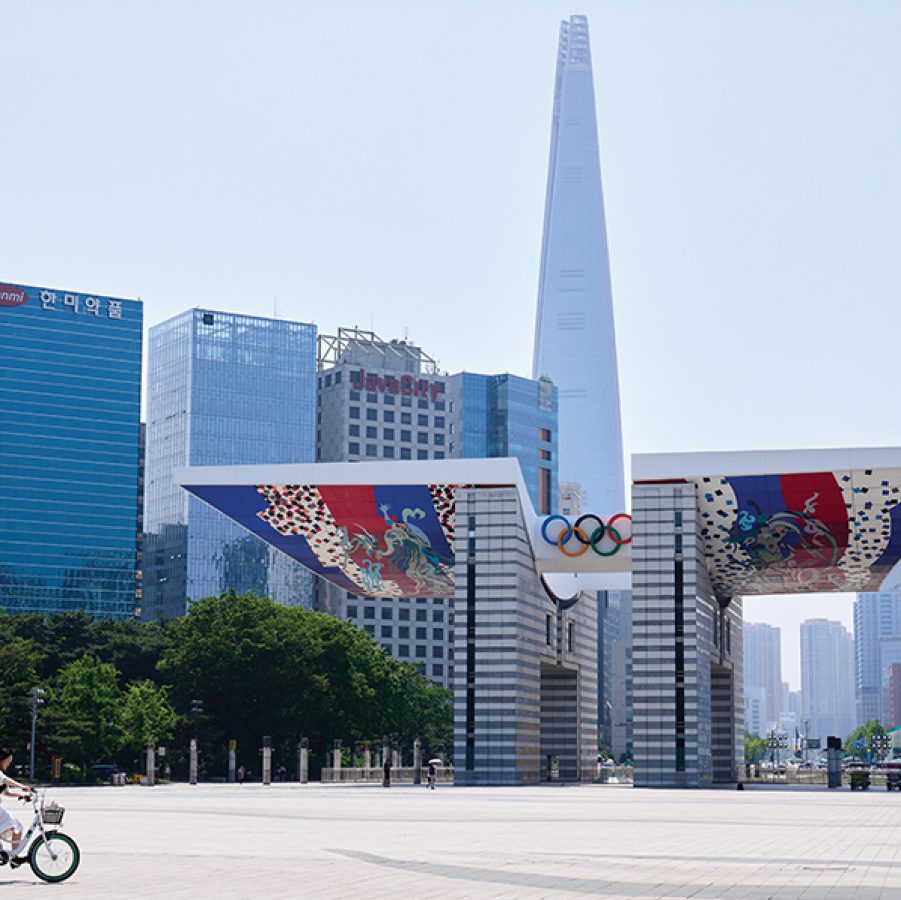
Credit: John Walton PA Image/Getty Images
Seoul
The 1988 Olympics was South Korea’s coming out party to the world and the capital has lived up to the image it projected ever since. The Olympic Park – known as OlPark – was the centre of the Games and remains a key part of the city to this day.
While the Olympic Stadium is home to Seoul E-Land Football Club, and the neighbouring Jamsil Baseball Stadium hosts both the LG Twins and Doosan Bears, there is more to the OlPark than sports.
The park stages the annual Seoul Jazz Festival , and there’s a K-pop museum as well as cafés, bars and restaurants, providing an open-air, car-free escape from the city. Activity hire, from skates to balls, is cheap and plentiful, while there is a cultural art park, an eco-park and a history park to explore, as well as the World Peace Gate, a monument to the power of the Games to unite.
OlPark is currently undergoing a US$270 million facelift, set to be complete by the end of 2026, and it is tipped to form the foundation of Seoul’s bid to host the Games again in 2036.
Elsewhere in Seoul, check out the Royal Bowling Centre, which hosted the 1988 Games’ 10-pin bowling – the sport’s only Olympic appearance – and the banks of the Han River and nearby Gangnam that formed the marathon course.
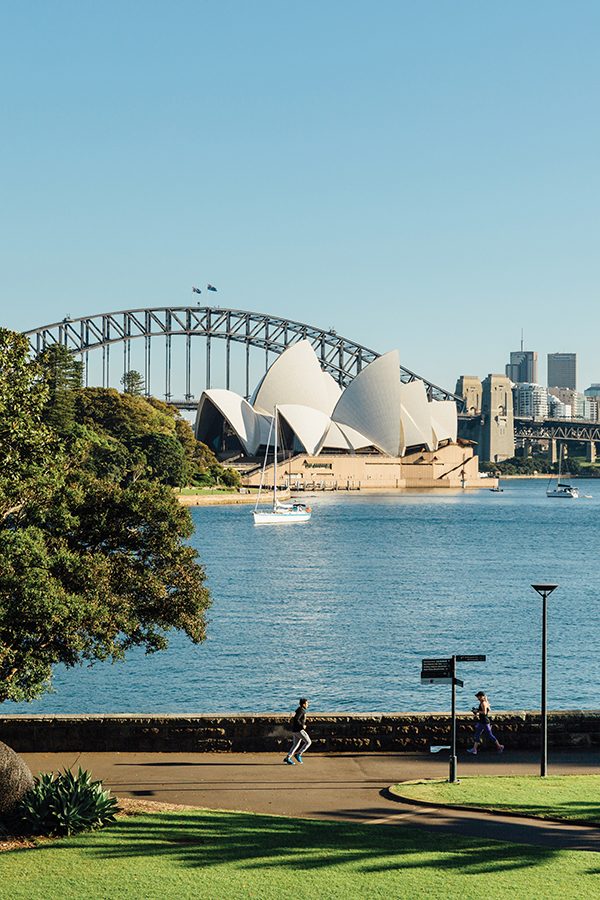
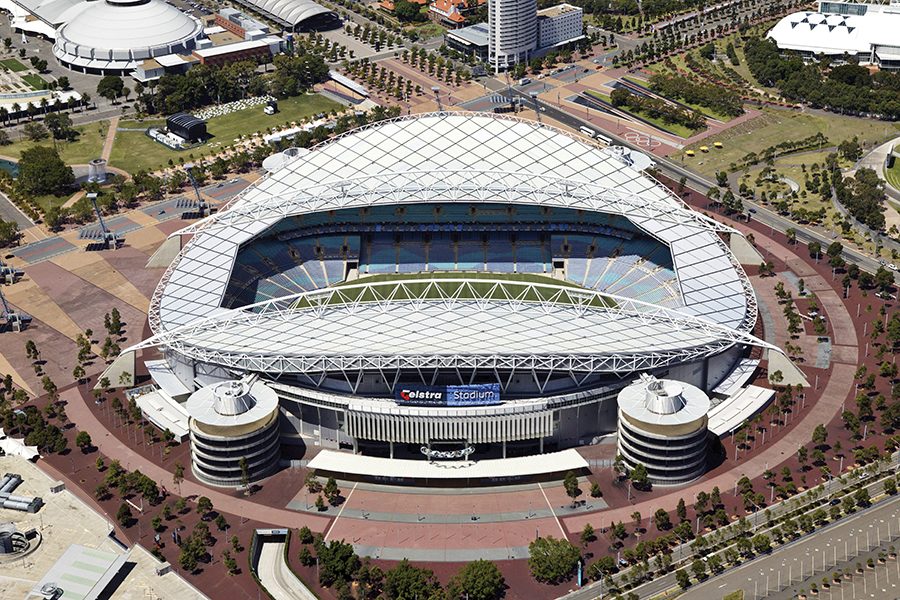
Credit: Peter Harrison/Getty Images
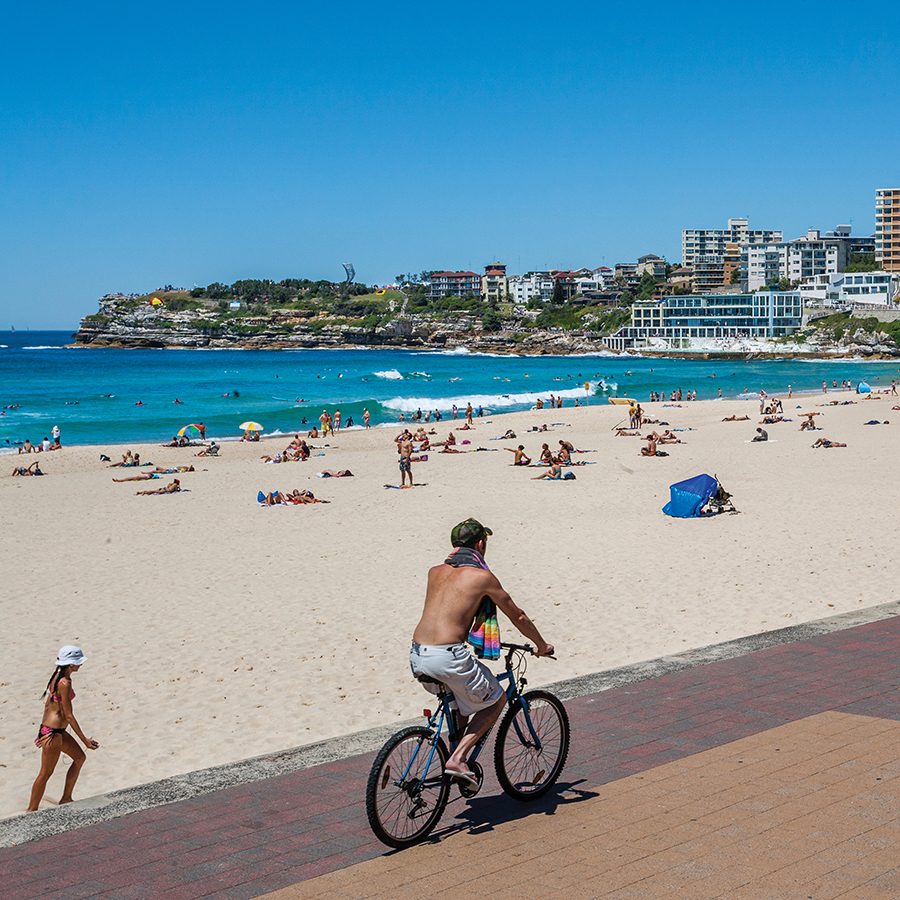
Credit: Manfred Gottschalk/Getty Images
Sydney
The 2000 Olympic host’s legacy is well regarded, with most of the venues at the Olympic Park open to the public and well used. The sprawling venue in the city’s western suburbs also contains stadiums and arenas that play host to both the biggest sporting teams and musical acts.
There’s also the Wetlands, an environmental oasis; the Newington Armory, a collection of naval heritage buildings and an arts venue; and several sports museums. May saw the opening of Urbnsurf , Sydney’s first artificial surf park, where you can learn to ride the waves in a safe, controlled environment.
Consider the city’s Olympic history when visiting its most iconic locations, too: Sydney’s Opera House is where the triathlon was held, while Bondi Beach was home to the volleyball tournament.
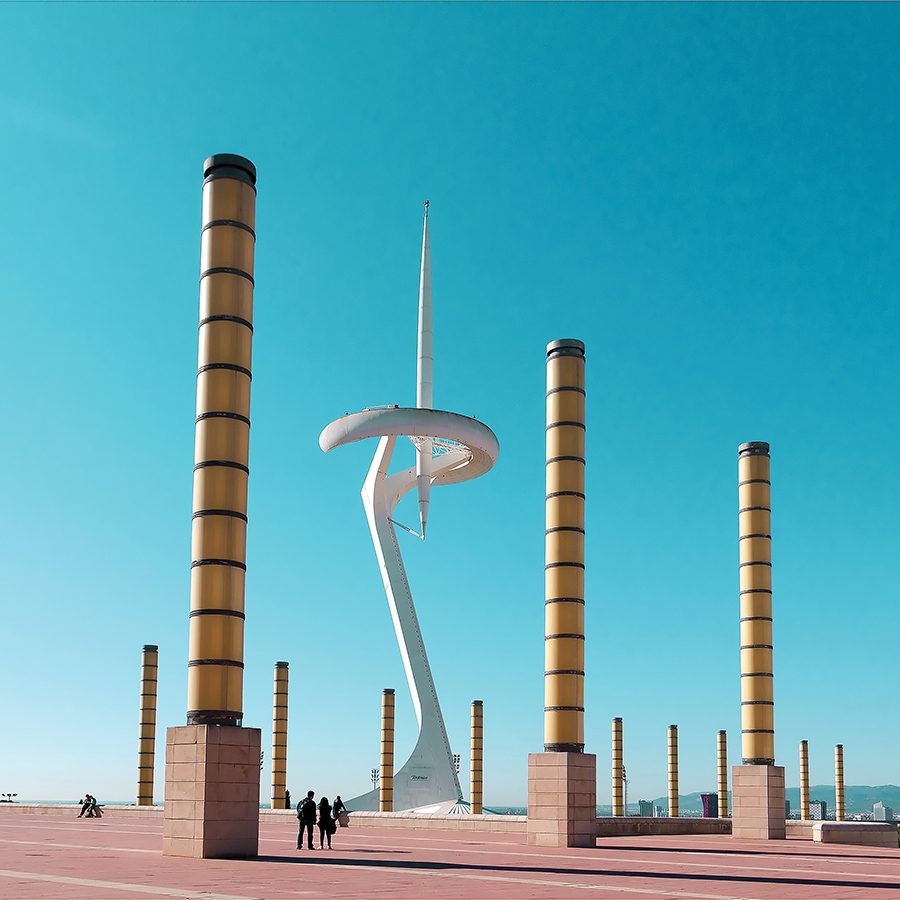
Credit: Zenobillis/Getty Images

Credit: OguzMeric/Getty Images
Barcelona
In 1992, Barcelona was not really on the tourist map, but the Summer Olympic games has been credited with changing that – not least because it saw the development of the city’s beaches.
The city’s Olympic Park is high on a hill, where you’ll find the Olympic Stadium, Olympic Ring Esplanade, Palau Sant Jordi and the Montjuïc Swimming Pools alongside a view of the city’s skyline. Join a stadium tour and check out the Olympic Museum, where you can virtually race against sprinter Carl Lewis. Entry to the museum is free on International Museum Day (18 May) and La Mercè Festival (24 September).
While FC Barcelona had to play at the Olympic Stadium for the 2023-24 season, they are now back home at Camp Nou, which hosted the Olympic football. The stadium, its museum and a match here are not to be missed.
The Port Olímpic , the purpose-built venue for the 1992 sailing, was long the city’s nightlife haven but the clubs disappeared as the focus turned towards seafood. The area has become something of a dining hub, and the highlight is undoubtedly the new Gastronomic Balcony, built just in time to host the America’s Cup this summer.
More inspiration
- China – the Chinese Mainland, Hong Kong SAR, Macao SAR and Taiwan Region
- Hong Kong SAR - English
- Chinese Mainland (China) - English
- Taiwan, China - English
- 香港特別行政區 - 繁體中文
- 中国內地 - 简体中文
- 中國台灣 - 繁體中文
- Africa
- South Africa - English
- Asia
- Bangladesh - English
- Korea - English
- Singapore - English
- Cambodia - English
- 한국 - 한국어
- Sri Lanka - English
- India - English
- Malaysia - English
- Thailand - English
- Indonesia - English
- Maldives - English
- ประเทศไทย - ภาษาไทย
- Indonesia - Bahasa Indonesia
- Myanmar - English
- Vietnam - English
- Japan - English
- Nepal - English
- Việt Nam - tiếng Việt
- 日本 - 日本語
- Philippines - English
- Australasia
- Australia - English
- New Zealand - English